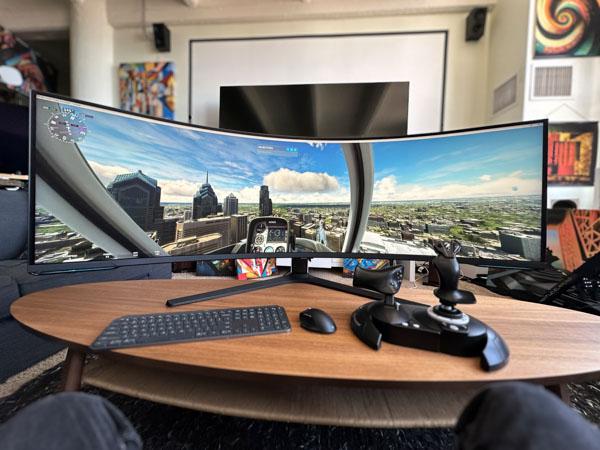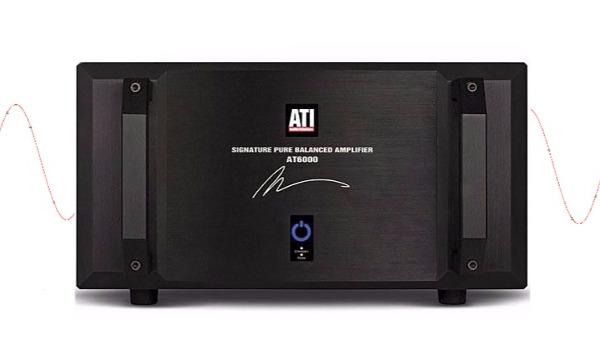Other Tech
Sort By: Post Date TitlePublish Date
|
Sep 18, 2023 |
|
Dec 05, 2018 |
First Published: Dec 04, 2018 |
|
Dec 22, 2016 |
|
Nov 11, 2016 |
|
Aug 07, 2015 |
|
Nov 19, 2014 |
|
Aug 11, 2014 |
|
Jul 09, 2014 |













 S&V: Why does the world need another surround format? What does Atmos bring to the home theater experience?
S&V: Why does the world need another surround format? What does Atmos bring to the home theater experience?







